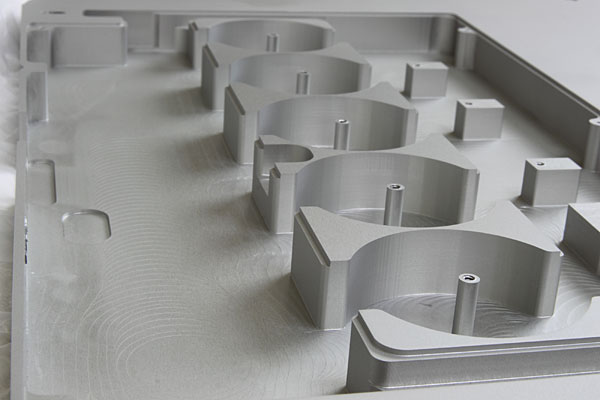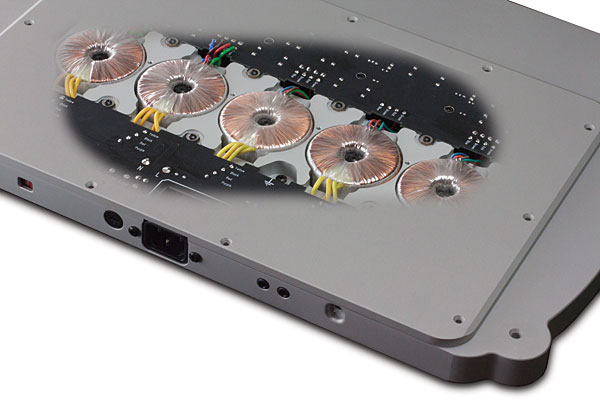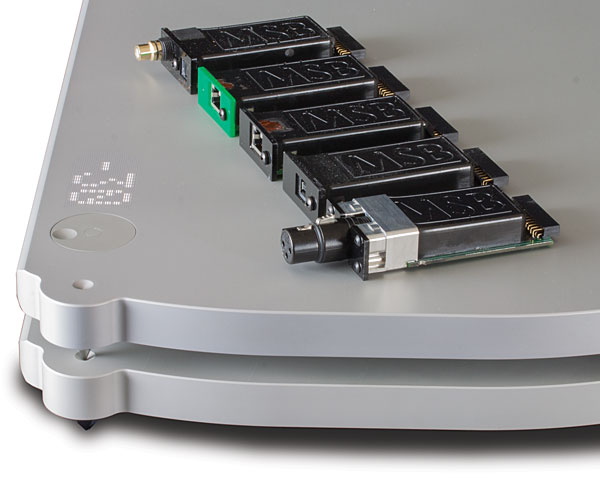RE-EDITED for latest design......
Today when he is receiving like 36 boxes of quested speakers and amplifiers my client decides to:
hi peter,
i agreed with my wife to use the wisdoms in the living room, so we can use some more channels and some more speakers :-)
As you know the Triton system was designed using a combination of wisdom audio l75s and 16 channels in 18 speakers lt-24 questeds.
While the ceiling and surround speakers were going to be awesome specially yielding close personal space invasion in it's immersion, the system was failing to meet several important criteria.
That most of the sound emanates from the screen. The wisdoms break up at high spl.
That center channel positioned signals is 80% of the cinema sound. Similar point.
That with so many many speakers possible with a Trinnov or Dolby Cp-850 that no speaker by itself should be sending gratuitous signals were they are not welcomed, the wisdoms like all line sources just blast the perforated screen with redundant and thus confusing extra unnecessary sound. In pro sudio the goal is to better understand the signal, I will thus point the correct speaker array for the specified signal to the MLP Kill zone, but also make sure extreme pointing does not cause cancellations so they are to be semi pointed. Another example of someone sending sound were it is not needed or wanted is quested's own implementation of the first ceiling centre at ISE. Im telling you they make the best speakers but they have 3 years learning about immersiveness required, yeah Guy tells me that he will be talking to Dolby next week, yeah right the blind leading the blind, we had to confront these engineers to fix their recommended layouts. So if you want to know how to the a perfect atmos setup since after all you are spending a small fortune in speakers, amplifiers and cable, you best get your answers here!
The lcr's need to be 4x that of the viewing room surrounds and ceiling. Using the best amp for the buck.
That the speakers next to the lcr behind the screen, the first widths and the first heights both in need to be able to transition at full spl x2 the power of surrounds and ceilings.
NEW CRITERIA That if the speaker in the room are vertically mounted in controlled directivity the 1st width speakers behind the screen should be that for small kill zone MLP's or point source for wider kill zones.
NEW CRITERIA first heights should be z8's to have wide dispersion.
NEW CRITERIA that the second and third Widths which are on the side walls will have 2x the power of the surrounds and ceiling speakers while preserving the vertical d'appolito controlled directivity factor.
I am designing the z 4-4 tomorrow stay tuned.....
We can a use the new speakers being introduced at ISE but why do that and compromise the correct bespoke solution based on the existing 18 quested lt-24's.
I am also calling D'agostino because 80% of the sound coming out of the screen should in my view have the complete honesty and ruthless revelation of the Millenium amp which to my ears 10 times better than any other amp out there now that the they have the CINEMA STANDARD.
Today when he is receiving like 36 boxes of quested speakers and amplifiers my client decides to:
hi peter,
i agreed with my wife to use the wisdoms in the living room, so we can use some more channels and some more speakers :-)
As you know the Triton system was designed using a combination of wisdom audio l75s and 16 channels in 18 speakers lt-24 questeds.
While the ceiling and surround speakers were going to be awesome specially yielding close personal space invasion in it's immersion, the system was failing to meet several important criteria.
That most of the sound emanates from the screen. The wisdoms break up at high spl.
That center channel positioned signals is 80% of the cinema sound. Similar point.
That with so many many speakers possible with a Trinnov or Dolby Cp-850 that no speaker by itself should be sending gratuitous signals were they are not welcomed, the wisdoms like all line sources just blast the perforated screen with redundant and thus confusing extra unnecessary sound. In pro sudio the goal is to better understand the signal, I will thus point the correct speaker array for the specified signal to the MLP Kill zone, but also make sure extreme pointing does not cause cancellations so they are to be semi pointed. Another example of someone sending sound were it is not needed or wanted is quested's own implementation of the first ceiling centre at ISE. Im telling you they make the best speakers but they have 3 years learning about immersiveness required, yeah Guy tells me that he will be talking to Dolby next week, yeah right the blind leading the blind, we had to confront these engineers to fix their recommended layouts. So if you want to know how to the a perfect atmos setup since after all you are spending a small fortune in speakers, amplifiers and cable, you best get your answers here!

The lcr's need to be 4x that of the viewing room surrounds and ceiling. Using the best amp for the buck.
That the speakers next to the lcr behind the screen, the first widths and the first heights both in need to be able to transition at full spl x2 the power of surrounds and ceilings.
NEW CRITERIA That if the speaker in the room are vertically mounted in controlled directivity the 1st width speakers behind the screen should be that for small kill zone MLP's or point source for wider kill zones.
NEW CRITERIA first heights should be z8's to have wide dispersion.
NEW CRITERIA that the second and third Widths which are on the side walls will have 2x the power of the surrounds and ceiling speakers while preserving the vertical d'appolito controlled directivity factor.
I am designing the z 4-4 tomorrow stay tuned.....
We can a use the new speakers being introduced at ISE but why do that and compromise the correct bespoke solution based on the existing 18 quested lt-24's.
I am also calling D'agostino because 80% of the sound coming out of the screen should in my view have the complete honesty and ruthless revelation of the Millenium amp which to my ears 10 times better than any other amp out there now that the they have the CINEMA STANDARD.
















Comment